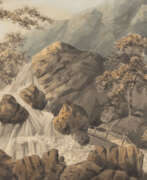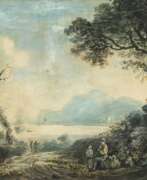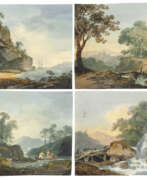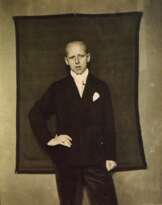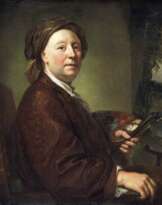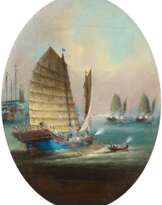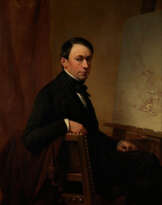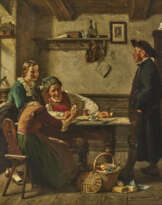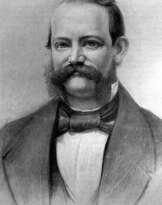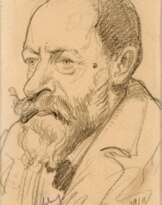William Payne (1760 - 1830)

William Payne
William Payne was an English painter and etcher who invented the tint Payne's grey.
Payne hit upon certain methods which considerably increased the resources of watercolour art, especially in the rendering of sunlight and atmosphere. His style, as it was called, was one which was not only new and effective, but could be learnt without much difficulty, and he soon became the most fashionable drawing-master in London.
Among the innovations with which he is credited were "splitting the brush to give forms of foliage, dragging the tints to give texture to his foregrounds, and taking out the forms of lights by wetting the surface and rubbing with bread and rag". He also abandoned the use of outline with the pen, but the invention by which he is best known is a neutral tint composed of indigo, raw sienna, and varnish.
| Date and place of birt: | 4 march 1760, Exeter, United Kingdom |
|---|---|
| Date and place of death: | August 1830, London, United Kingdom |
| Nationality: | United Kingdom |
| Period of activity: | XVIII, XIX century |
| Specialization: | Artist, Engraver, Landscape painter, Painter |
| Genre: | Mountain landscape, Landscape painting, Rural landscape |
| Art style: | Romanticism, Classicism |
| Technique: | Etching, Watercolor |

